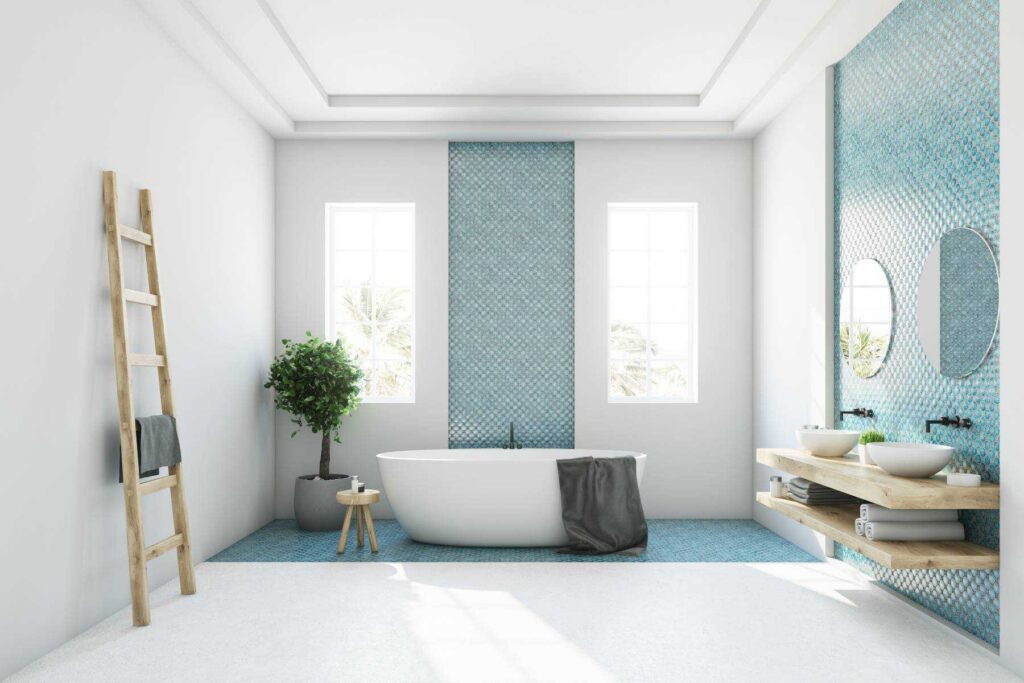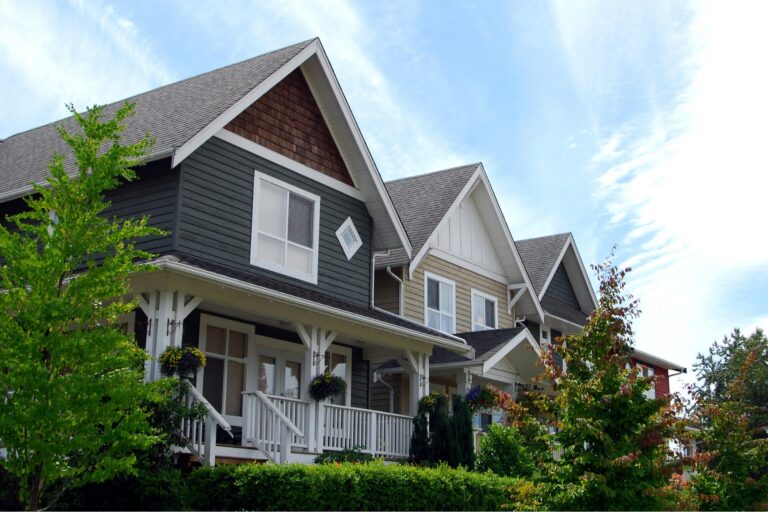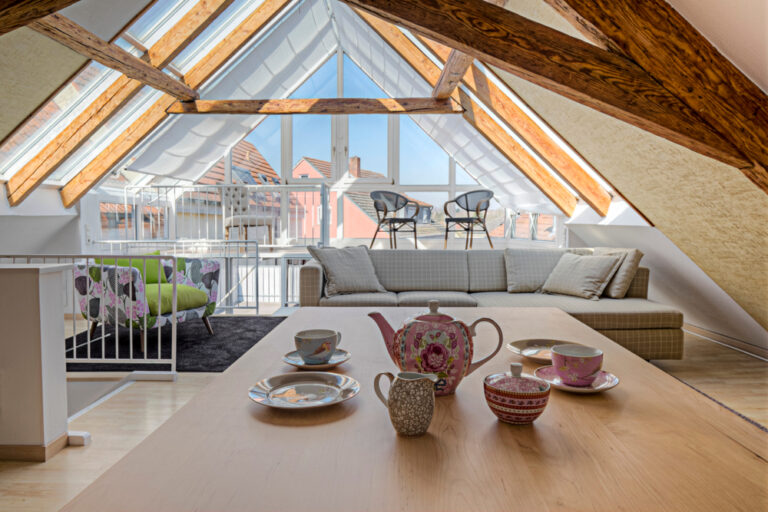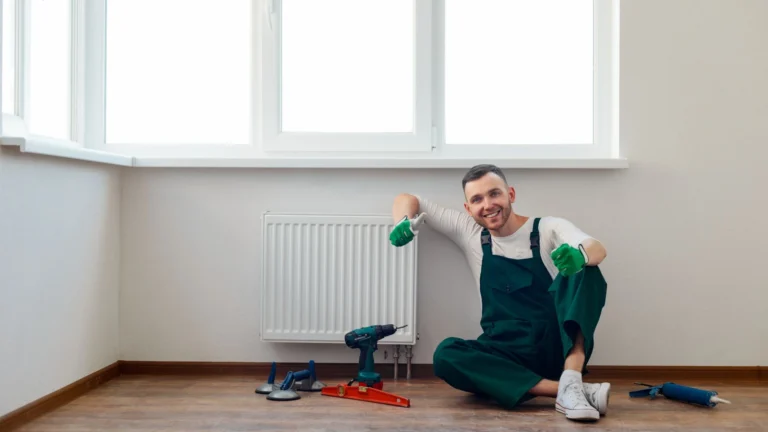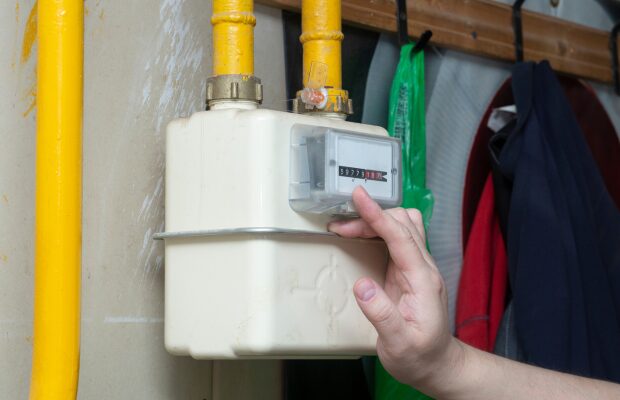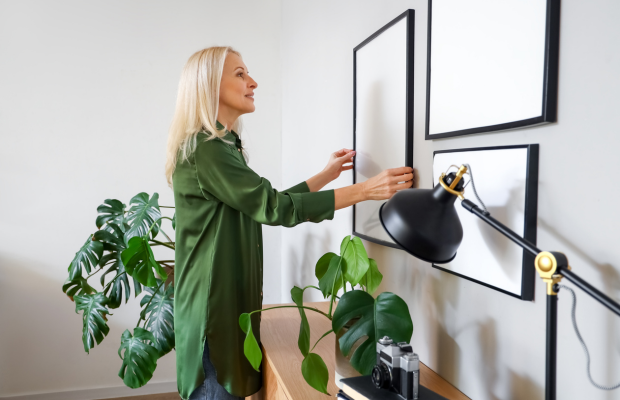When looking at property renovations to add value to your home, it’s easy to focus on rooms like the kitchen, or your outdoor space.
But bathrooms – including how many you have and where they are in your home – can also add value to your home.
However, according to a survey by Mira Showers, buyers said they’d offer less for a property if a downstairs bathroom was accessed via the kitchen – proving that location is vital when it comes to these spaces. Here, we’ll run through the costs you can expect if you’re thinking of renovating your bathrooms before you sell, as well as a step-by-step guide to the work…
How much does it cost to renovate a bathroom?
The cost of a new bathroom in the UK can range from as little as £1,000 to as much as £10,000, with the average cost somewhere in the middle of those two figures. How much your bathroom renovation ends up costing will depend on:
• Plumbing costs
• Electrical costs
• Quality of fixtures and fittings
• Decoration costs
• Installation and labour costs
• The size of your bathroom(s)
Plumbing costs
By using the existing plumbing layout in your bathroom, you can help keep your costs down.
By moving a bath, shower or toilet, additional plumbing work will be required, and your costs may increase.
Electrical costs
While electrical work can often be minimal in a bathroom, fitting additional items like fans and shower pumps, as well as lighting, can add extra costs to your bathroom renovation.
Quality of fixtures and fittings
It’s possible to buy a basic bathroom suite for as little as a few hundred pounds, but if you’re keen to use better quality items, you should expect to pay much more.
Freestanding bathtubs, for example, can cost as much as £1,500 at the top end, while a basic, lightweight acrylic bath can cost as little as £80.
How much you spend on fixtures and fittings will, ultimately, depend on the kind of look you’re hoping to achieve.
Decoration costs
A full bathroom renovation will almost certainly see your space stripped back to the bare bones, particularly if you’re adding to or moving any existing plumbing. That means you should budget for decoration work, including:
• Tiling
• Drywalling
• Plaster work
• Painting
Installation and labour costs
Plumbing and electrical work should always be carried out by professionals, which will mean installation and labour costs on top of your new bathroom suite and any decoration expenses.
The size of your bathroom
The size of the bathroom you’re renovating will also have an impact on your costs.
A bigger bathroom may require more fixtures and fittings, or larger items, while plumbing work may be more substantial in a larger bathroom, meaning increased labour expenses.
How much does a new bathroom increase home value by?
A recently-renovated, modern bathroom could add as much as £3,795 to what a buyer is prepared to pay for your home, according to Mira Showers’ survey. And if you’re able to add an additional bathroom to your property, that could net you a further £5,170 on top of your asking price.
How to renovate your bathroom: Step by step
Renovating your bathroom can seem like a daunting project to take on, even if you’re having the work done by qualified professionals.
However, a successful bathroom renovation is all about planning and preparation, so here’s a step-by-step guide on what you can expect…
Step one: Assess your requirements
The first stage of any bathroom renovation is to consider exactly what you need to make your bathroom work.
If you’re renovating to add value before selling your home, put yourself in the shoes of the people who might buy your property. What kind of bathroom will appeal to them?
Step two: Finalise your budget
Once you’ve assessed what you need for your new bathroom and have an idea of the work required, you should set a budget for your new suite.
You’ll need to think about the following costs:
• Fixtures and fittings
• Flooring and wall coverings
• Lighting and electrical ventilation
• Labour costs for plumbing, electrics and decoration
Step three: Choose your design
Once you’ve decided how much you want to spend, start researching bathroom designs that fit within your budget.
Think about your colour scheme, how the fixtures and fittings you want will work alongside flooring and wall coverings and where everything will fit in your space.
Step four: Remove your old bathroom
If you’re working with a bathroom fitter, they’ll start by removing your existing bathroom suite, flooring and wall coverings – stripping the room back to its bones.
If your bathroom is in good condition, consider donating it or you could sell it to help cover some of your costs.
Step five: Installing your new bathroom
Firstly, your plumber and electrician will complete any work required before your new suite is fitted, including adding additional plumbing or electrics or moving existing pipes or wiring to fit with your new design.
Once the pipework and electrics are in place, your walls will be boarded and plastered if required, before tiling.
Your flooring will then be fitted, before your sanitaryware is installed.
Finishing touches might include painting or adding any mirrors or cabinets to your walls.
How long does a bathroom renovation take?
How long it takes to renovate your bathroom will depend on its size and the complexity of any plumbing or electrical requirements.
In general, though, most bathroom renovations can be completed in one to two weeks – between 40 and 80 hours of work in total.
How much value does a third bathroom add?
The average three-bedroom house in the UK will usually have either one or two bathrooms – usually a main bathroom and a master bedroom en-suite.
By adding a third bathroom, perhaps a second bedroom en-suite, you could add as much as £5,000 to the value of your home, according to Mira Showers’ survey.
The ideal location for your bathrooms and the value it can add
Often, when your property was built will determine where your bathrooms are located on its floor plan.
Many Victorian properties, particularly traditional two up, two down terraces, have ground floor bathrooms that are accessed through the kitchen.
This is because the Victorians often added bathrooms to their home later, having originally had outhouses with toilet facilities.
According to the Mira Showers survey, almost half of buyers said they would offer less on a property where the bathroom was only accessible through the kitchen. Indeed, for many buyers, the location of your bathrooms is more important than the bathrooms themselves…
Main family bathroom
If you live in a property with more than one storey, having a main bathroom upstairs is key for buyers – with 44% in the Mira Showers survey saying they wouldn’t even consider a property where the only bathroom was on the ground floor.
En-suite bathrooms
En-suites are one of the biggest drivers of value when it comes to bathrooms. On average, buyers will be willing to pay almost £4,000 more for a home which has an en-suite.
Downstairs cloakroom
For buyers who like to entertain, a downstairs cloakroom is essential when hosting dinner parties.
Almost 50% of buyers, according to Checkatrade, put a downstairs loo high on their wish lists, while having one can increase your property’s value by as much as 5%.
Which other home improvements add the most value?
When looking to add value to your home, you should weigh up the cost and disruption of any work against the value it will add.
Larger conversions and extensions that add square footage are often the biggest drivers of value but can be expensive and inconvenient.
Potential work you could consider when looking to add value includes:
• A loft conversion
• A garage conversion
• A kitchen extension
• A conservatory
• A garden re-design
• Redesigning your interior to an open-plan layout
• Adding a home office space
Can I borrow more on my mortgage for home improvements?
Borrowing additional money through your mortgage is one way to fund home improvements.
However, the amount you can borrow, or whether you can borrow at all, will depend on your lender’s affordability tests and your own financial circumstances.
You should also remember that any additional mortgage borrowing will be secured against your home and you’ll pay more interest on your mortgage over its term through additional borrowing.
Further reading…
Before you take on a renovation project, take a look at these five key things you need to know.
There are also a host of things that can actually reduce your property’s value, too, and we’ve outlined some of them here.
